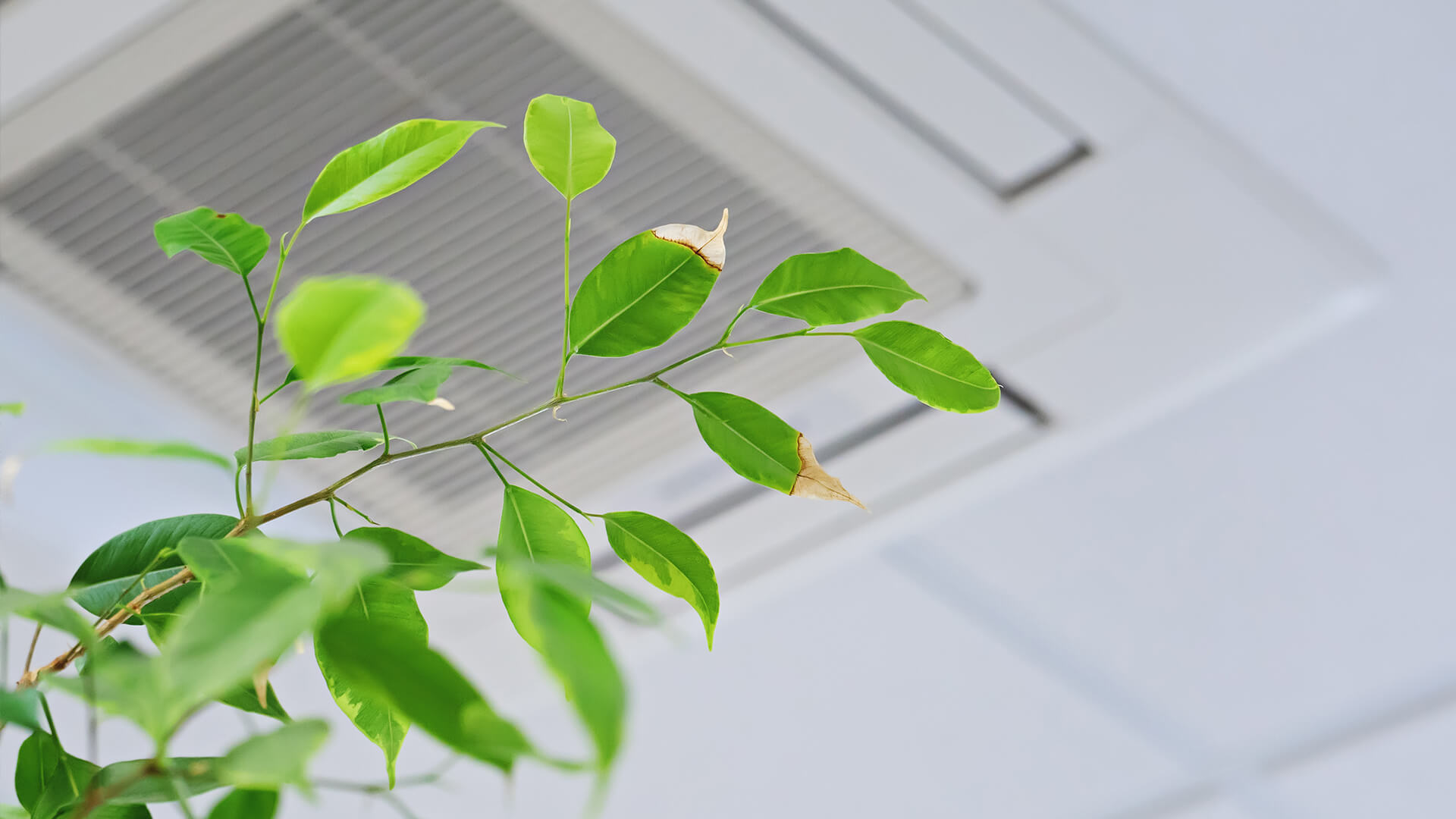Keep Clean Air In Your Home
-

Keep Clean Air In Your Home
Combat Airborne Toxins
By Hannah Brennan
You should always feel safe in your home, but there are invisible killers in the air all around you. These lethal gasses and particles not only threaten you and your family’s health, but are almost impossible to notice on your own. To combat these toxicants, having clean air in the home is vital.
Radon
Radon is an invisible gas and major cause of lung cancer that can be found in any home, according to the American Lung Association. It was deemed the second leading cause of lung cancer by the CDC, just behind cigarette smoking. Exposure to radon gas accounts for about 21,000 deaths from lung cancer, recorded by the US Environmental Protection Agency (EPA). When you breathe in radon, the radioactive particles get trapped in your lungs. However, it can take years to present any symptoms, if at all. The only effective way to determine if you have radon exposure is to have your home tested by a professional.
To prevent radon in your home, proper ventilation is necessary. Dilute or completely remove high levels of moisture, dust, gasses and other pollutants from indoors for clean air. This fresh air should be constantly flowing in, while dirty air exits using solutions like fans, windows and doors. Other than circulating air inside, spot ventilation in places like your stove or bathrooms is vital to remove the pollutants they produce.
Carbon Monoxide
Carbon monoxide (CO) is another deadly gas that can build up in a home without proper ventilation. Breathing it in reduces the amount of oxygen that moves into the bloodstream for vital organs like the brain and heart. Extremely high levels of CO can cause dizziness, nausea, confusion, unconsciousness, disorientation and even death. This dangerous gas comes from charcoal grills, exhaust fumes, fireplaces, and appliances like water heaters, furnaces, ovens, and clothes dryers.
According to the American Lung Association, an estimated 430 people die each year from CO exposure in residences. In addition, CO poisoning causes approximately more than 50,000 emergency visits in the U.S. every year. Many of these poisonings occur after extreme weather emergencies, such as hurricanes and snowstorms, when electricity turns off. As a reminder, don’t use ovens or gas ranges to heat your home and make sure you have a qualified technician clean your heating systems every year. In addition, never leave your car or gasoline-powered engines running in confined areas like basements or garages.
To prevent carbon monoxide poisoning, ensure your home has an operational CO detector. Should the detector ever go off, check to see if anyone in your household is experiencing any of the symptoms mentioned above. If someone feels the effects of CO poisoning take them out of the home and immediately seek medical attention. If no one presents any concerns, turn off potential sources of CO and begin ventilation throughout the house like turning on fans and opening windows. From there, you should have a professional inspect your home and ensure nothing is blocking fumes from exiting the home.
Asbestos
Used in home manufacturing until 1989, asbestos poses a huge danger if exposed to you. Asbestos is still in some older homes, since it was widely regarded as a safety feature because of its fire resistance before the shocking hazards were revealed. However, asbestos can cause mesothelioma, lung cancer, and other diseases like asbestosis. In fact, approximately 15,000 people in the U.S. die from asbestos-related diseases each year.
Asbestos becomes a threat once it disperses into the air and is easily found in shingles, insulation, siding, tiles and ceiling texture. This typically occurs during home maintenance, repair, remodeling or demolition. If inhaled or ingested, asbestos fibers cause inflammation in the lungs, scarring and even genetic damage. There is no way to heal the damage caused by asbestos and a doctor can only help you manage the symptoms.
You can hire an accredited asbestos inspector to check your home and take samples for testing as a preventative measure. From there, they can tell you what steps to take to prevent health risks. To remove asbestos from your home by yourself is extremely dangerous, sheerly for the risk of inhaling these fibers.
Lead
The Institute for Health Metrics and Evaluation at the University of Washington in Seattle estimates 412,000 deaths are due to lead contamination in the U.S yearly. Although more people are wary of it, lead poisoning is also more widespread and, therefore, a huge threat.
Inhalation and ingestion of lead particles or dust can cause serious effects in children and adults. However, children are especially vulnerable because they absorb ingested lead 4 to 5 times more than adults. When it enters the system, lead distributes and accumulates in the brain, liver, kidney, bones and blood. Sources of lead poisoning include lead-contaminated soil, household dust with chipped lead paint, toys produced abroad and more.
To avoid lead poisoning in children, make sure they wash their hands frequently, especially before mealtimes. Adults regularly exposed, perhaps because of their occupation, should change clothes before entering the home and clean it often.

All of these toxins are scary, but practically preventable. Secure your home and make it a place of solace and security from these invisible killers. To ensure your family’s safety, take the necessary precautions outlined above.
Contact us at Malek Service Company for a furnace tune-up and inspection to help prevent natural gas leaks.
June 23, 2022



